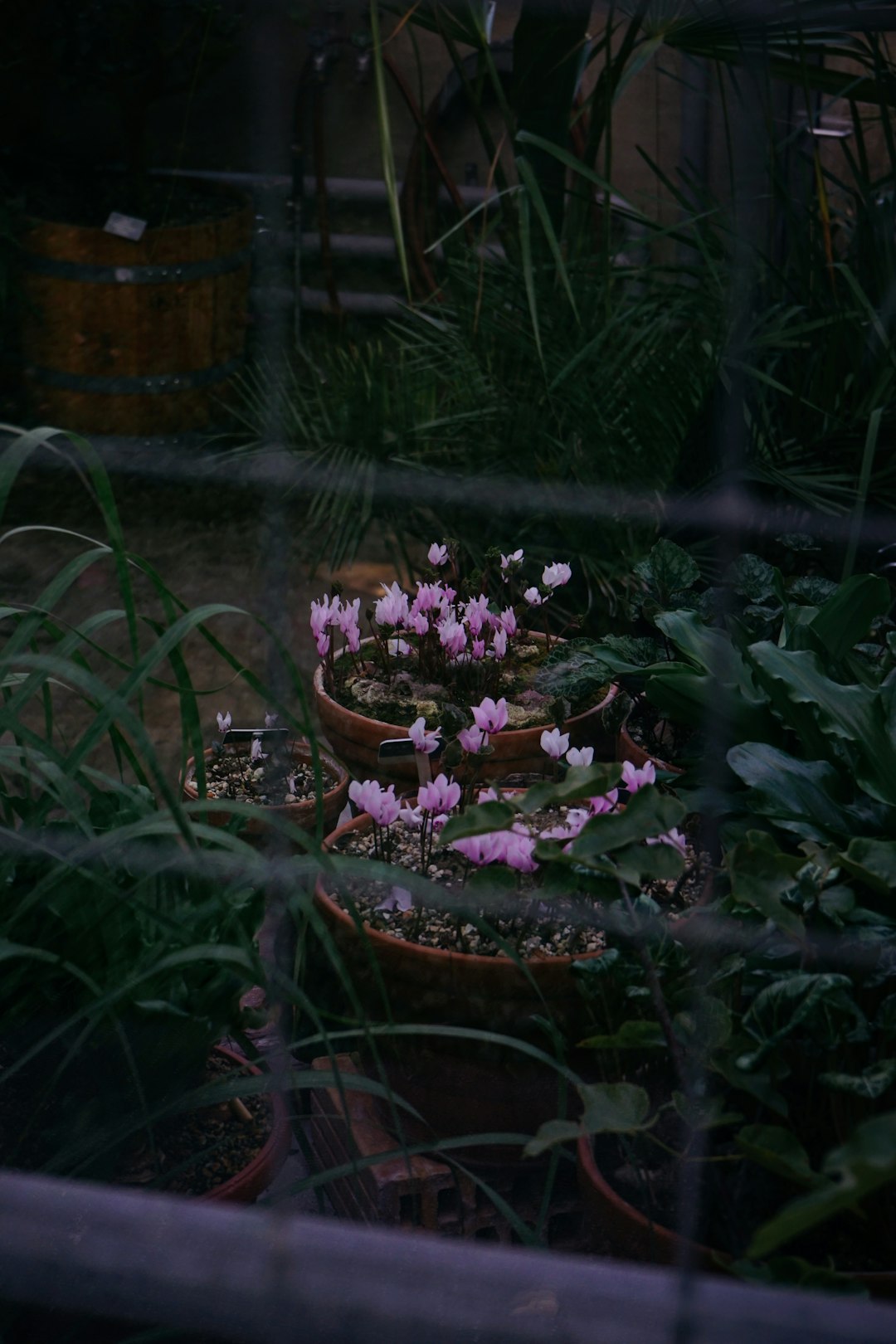The Colorful Charmer: Croton in Your Home and Beyond

Crotons are a remarkable addition to any houseplant collection. These plants are renowned for their vividly - colored leaves that often feature intricate blotches or stripes. They bring a splash of the tropics right into your living space, making them a favorite among plant enthusiasts.
The leaves of a croton can showcase a wide range of colors, including bright reds, oranges, yellows, and greens. Each leaf is like a unique work of art, with its own pattern and color combination. This makes every croton plant truly one - of - a - kind. The colors are so intense that they can instantly liven up a dull corner of a room or add a pop of color to a well - decorated space.
One of the great things about crotons is that they are relatively easy to care for, as long as you understand their basic needs. They thrive in bright, indirect light. Placing them near a window that gets plenty of sunlight but is filtered through a sheer curtain is ideal. If they don't get enough light, their leaves may lose some of their vibrant colors and become more green.
When it comes to watering, crotons like to be kept evenly moist but not waterlogged. Overwatering can lead to root rot, which is a common problem with many houseplants. It's best to check the soil regularly. Stick your finger about an inch into the soil; if it feels dry, it's time to water. Using room - temperature water is also recommended, as cold water can shock the plant.
During the summer months, you have the option to bring your croton outside. This can be a great way to give the plant a change of scenery and some fresh air. However, you need to be careful about where you place it. Choose a spot that has partial shade, as direct sunlight can be too harsh and may burn the leaves. Also, make sure to gradually acclimate the plant to the outdoor environment. Start by leaving it outside for just a few hours a day and gradually increase the time over a week or so.
Another aspect of croton care is fertilizing. During the growing season, which is typically spring and summer, you can fertilize your croton every two to four weeks. Use a balanced, water - soluble fertilizer. This will help the plant grow strong and maintain its colorful foliage. In the fall and winter, you can reduce the frequency of fertilizing to once every two months or stop altogether, as the plant's growth slows down during this time.
Pruning is also an important part of croton maintenance. You can prune your croton to control its shape and size. If you notice any dead or damaged leaves, remove them promptly. This not only improves the plant's appearance but also helps prevent the spread of diseases. You can also prune to encourage bushier growth. Simply cut back the tips of the branches, and new growth will emerge from the sides.
When it comes to pests, crotons can be susceptible to a few common ones, such as spider mites and mealybugs. Spider mites are tiny pests that can cause the leaves to look speckled and may eventually lead to leaf drop. Mealybugs, on the other hand, look like small, white, cottony masses on the plant. To get rid of these pests, you can use an insecticidal soap or neem oil. Make sure to follow the instructions on the product carefully.
In conclusion, crotons are a wonderful houseplant that offers both beauty and a bit of a challenge in terms of care. Their brightly - colored leaves are a constant source of joy and can transform any indoor space. By following the proper care guidelines, including providing the right amount of light, water, and nutrients, and taking steps to protect them from pests, you can enjoy a healthy and vibrant croton plant for years to come. And don't forget to give it a summer vacation outdoors to let it soak up some fresh air and partial sunlight!